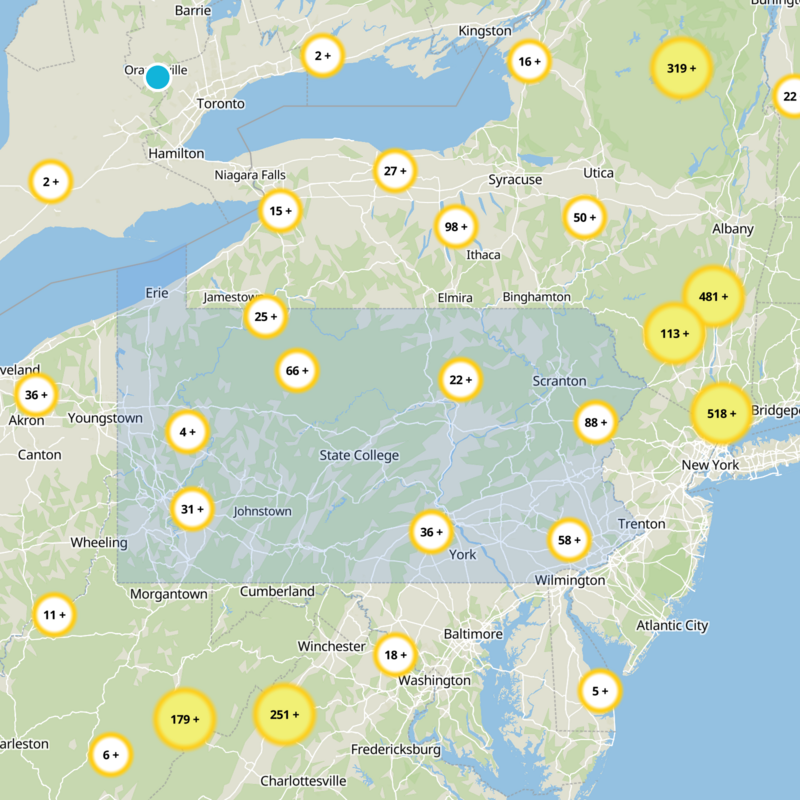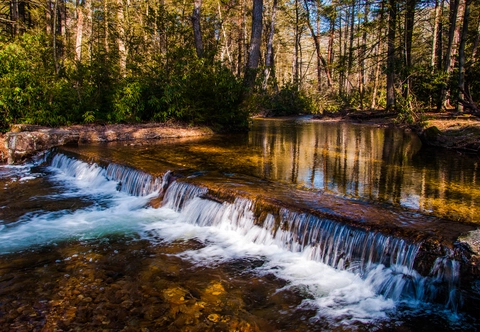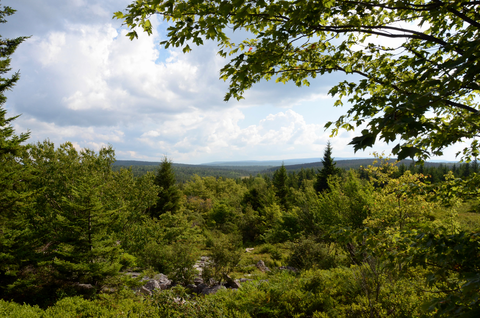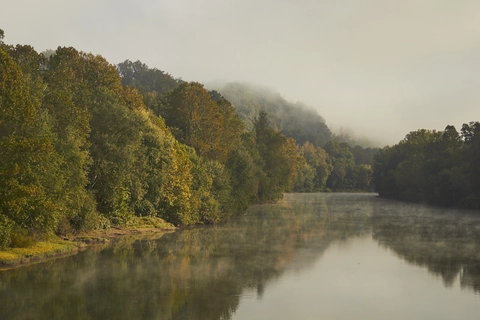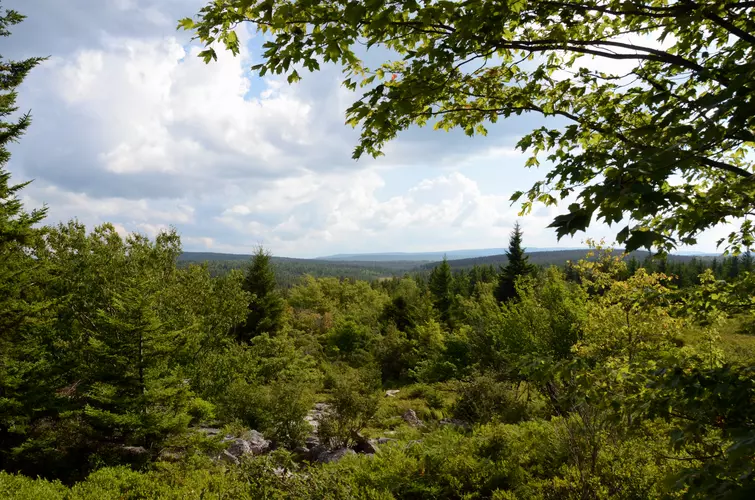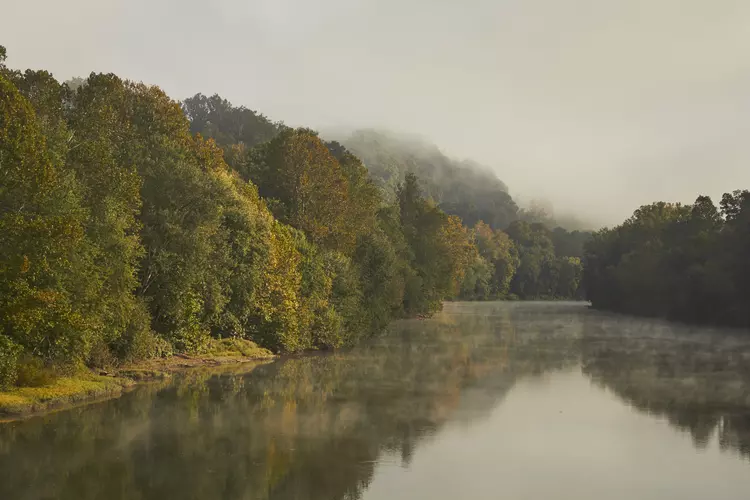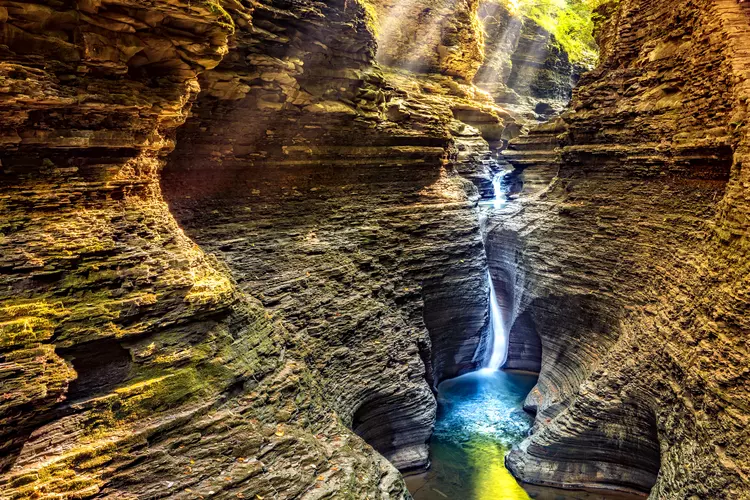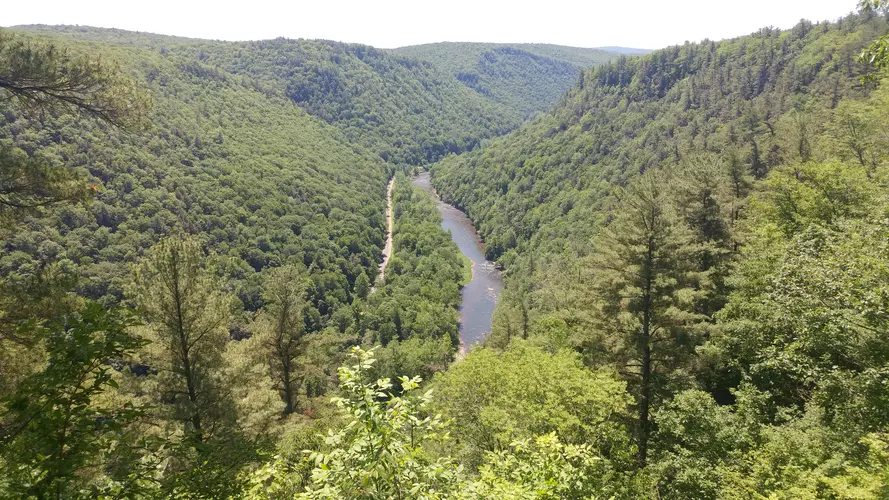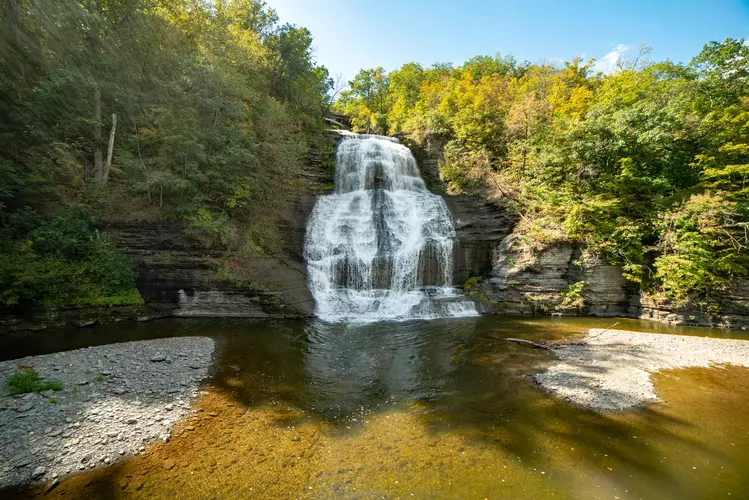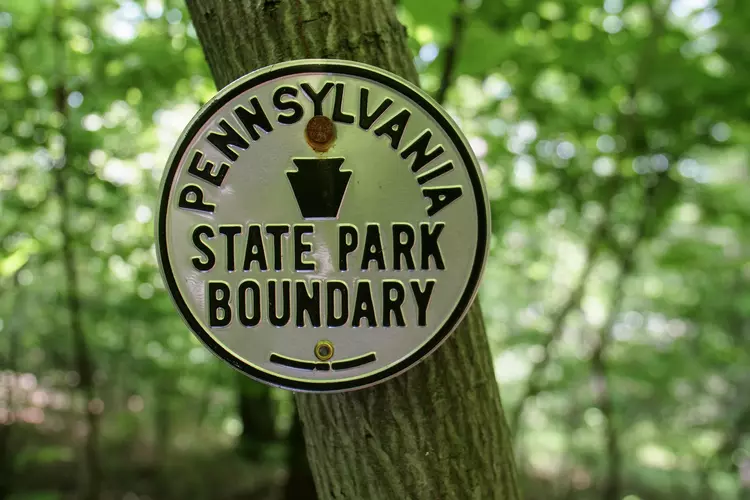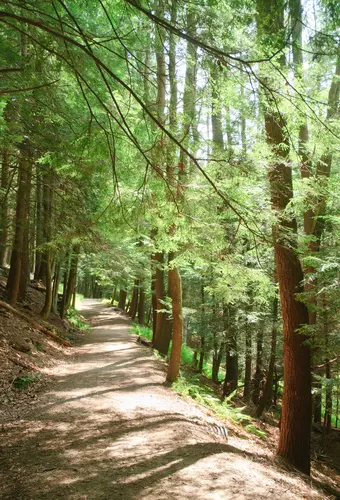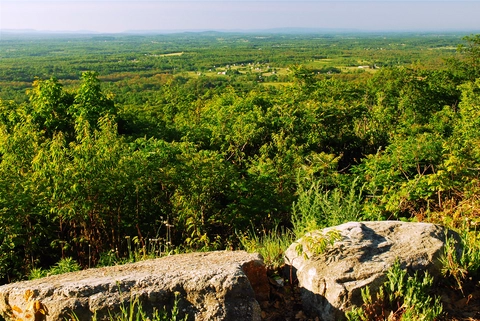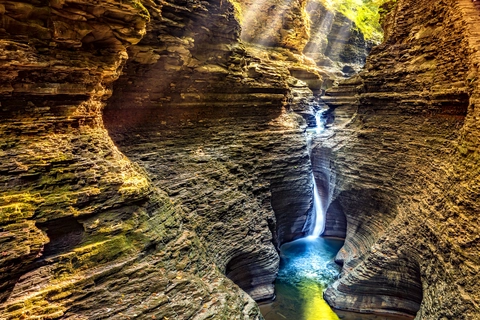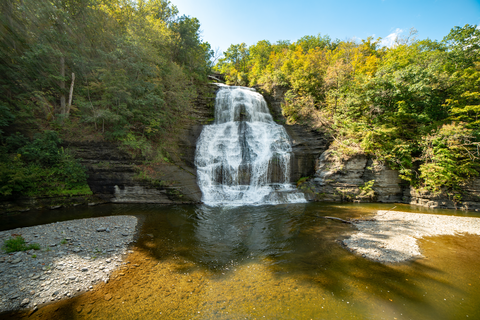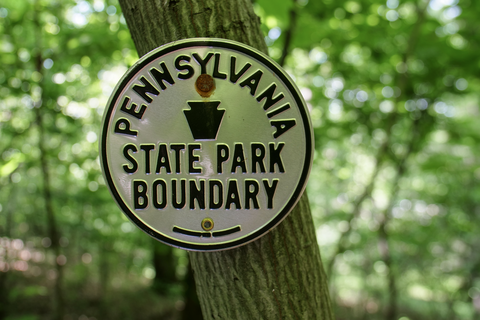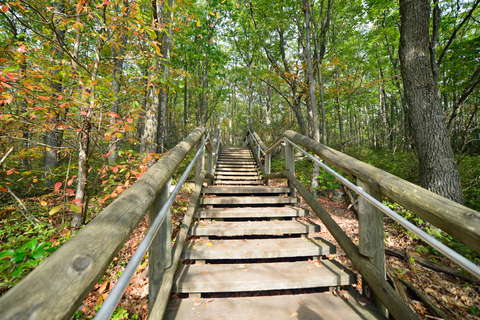"Pennsylvania's trails offer breathtaking vistas, lush forests, and historical tales for every adventurer."
Pennsylvania's hiking trails offer a captivating blend of natural beauty and rich history, perfect for adventurers of all levels. Traverse the Appalachian Trail for breathtaking vistas, or explore the lush forests of the Allegheny National Forest. Discover hidden waterfalls in Ricketts Glen State Park and the unique rock formations of the Pinnacle. Each trail tells a story, from the whispering pines to the vibrant fall foliage. Lace up your boots and let Pennsylvania's trails inspire your journey!
Most popular hikes
FAQs about hiking in Pennsylvania






